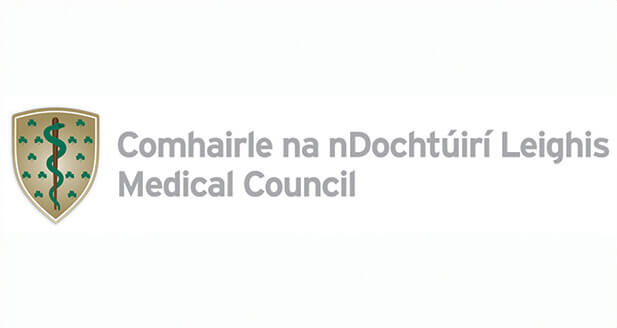Allogenic Hair Transplantation: An Exciting Research Area, But Not Yet a Clinical Reality
“Can my brother, father or friend donate hair for transplantation?” this is a question we are asked on a weekly basis.
Allogenic hair transplantation involves transferring hair follicles from one person (the donor) to another (the recipient). This differs from the established autologous method, where a patient’s own hair follicles usually taken from the back or sides of the scalp are transplanted to areas affected by hair loss.
At first glance, the concept of using another person’s donor hair seems promising, particularly for those with limited donor supply. However, the scientific, medical and ethical challenges are substantial. The procedure remains firmly in the realm of experimental research rather than established medical practice.
What Does the Research Say?
Current research into allogenic hair transplantation focuses on overcoming the problem of immune rejection. When tissue is transplanted between two genetically different individuals, the recipient’s immune system recognises it as foreign and attacks it, leading to hair graft failure.
Scientists have explored several potential strategies to avoid this:
- Immunosuppressive medication: These drugs could, in theory, prevent graft rejection. However, they carry significant long-term risks that are unacceptable in the context of hair transplantation.
- Hair follicle “immune privilege”: Some early studies suggest that hair follicles may naturally evade immune detection. While this is promising in laboratory settings, it has not yet translated into safe, lasting results in human trials.
- Stem-cell and regenerative approaches: Researchers are also investigating whether hair follicles can be cloned or regenerated from a patient’s own cells. This avenue is likely to become a viable option long before true allogenic transplantation becomes safe or regulated.
The Challenge of Limited Donor Supply
One reason researchers are exploring allogenic transplantation is the finite nature of the donor area in traditional procedures. Only hairs in the permanent zone, the back and sides of the scalp, are suitable for transplantation, as they are more resistant to the effects of male and female pattern hair loss.
For patients with advanced hair loss, the available donor supply may not meet expectations for density or coverage. Careful planning, realistic goal-setting, and precise surgical execution are therefore essential to achieve natural, lasting results.
At HRBR, we address these limitations through meticulous donor management and by offering both FUT (Follicular Unit Transplantation) and FUE (Follicular Unit Excision) techniques.
While many commercial clinics promote FUE exclusively for marketing reasons, FUT remains an excellent and highly effective method. It allows for the harvesting of large numbers of high-quality grafts with minimal transection, preserving donor density for future use.
The choice between FUT and FUE depends on the patient’s individual needs, donor characteristics and long-term plan, not on trends, convenience or surgical skills. In many cases, a combination of both techniques provides the optimal graft yield and outcome for patients.
Why HRBR Does Not Offer Allogenic Hair Transplantation
Despite the academic interest, HRBR does not offer allogenic hair transplantation at this time. Our decision is guided by three key considerations:
- Ethical and Medical Risks
Allogenic transplantation would likely require the recipient to take lifelong immunosuppressive medication. These risks are wholly disproportionate to the potential benefit. - Regulatory Limitations
At present, there is no regulatory framework in Ireland, the UK or the EU permitting the transplantation of donor hair between individuals. Such a procedure would fall under the same strict rules that govern organ or tissue transplantation, requiring ethical approvals and oversight far beyond what is feasible in private medical practice. - Insurance and Liability Concerns
Given its experimental nature, it is unlikely that any reputable insurer would underwrite allogenic hair transplantation. The potential for medical complications and graft rejection could make it an unacceptable liability for both patient and clinic.
Looking Ahead: The Future of Hair Restoration
Although allogenic hair transplantation is not ready for clinical use, it remains an exciting and evolving field of research. The future of hair restoration may lie in stem-cell therapy, follicle cloning or regenerative medicine, where patients could one day have new follicles grown from their own cells, eliminating donor limitations altogether.
Until that day comes, HRBR will continue to provide treatments that are scientifically proven, ethically sound and medically safe.
Our commitment remains to deliver the highest standard of surgical care using techniques such as FUT and FUE, methods supported by decades of evidence and thousands of satisfied patients.









